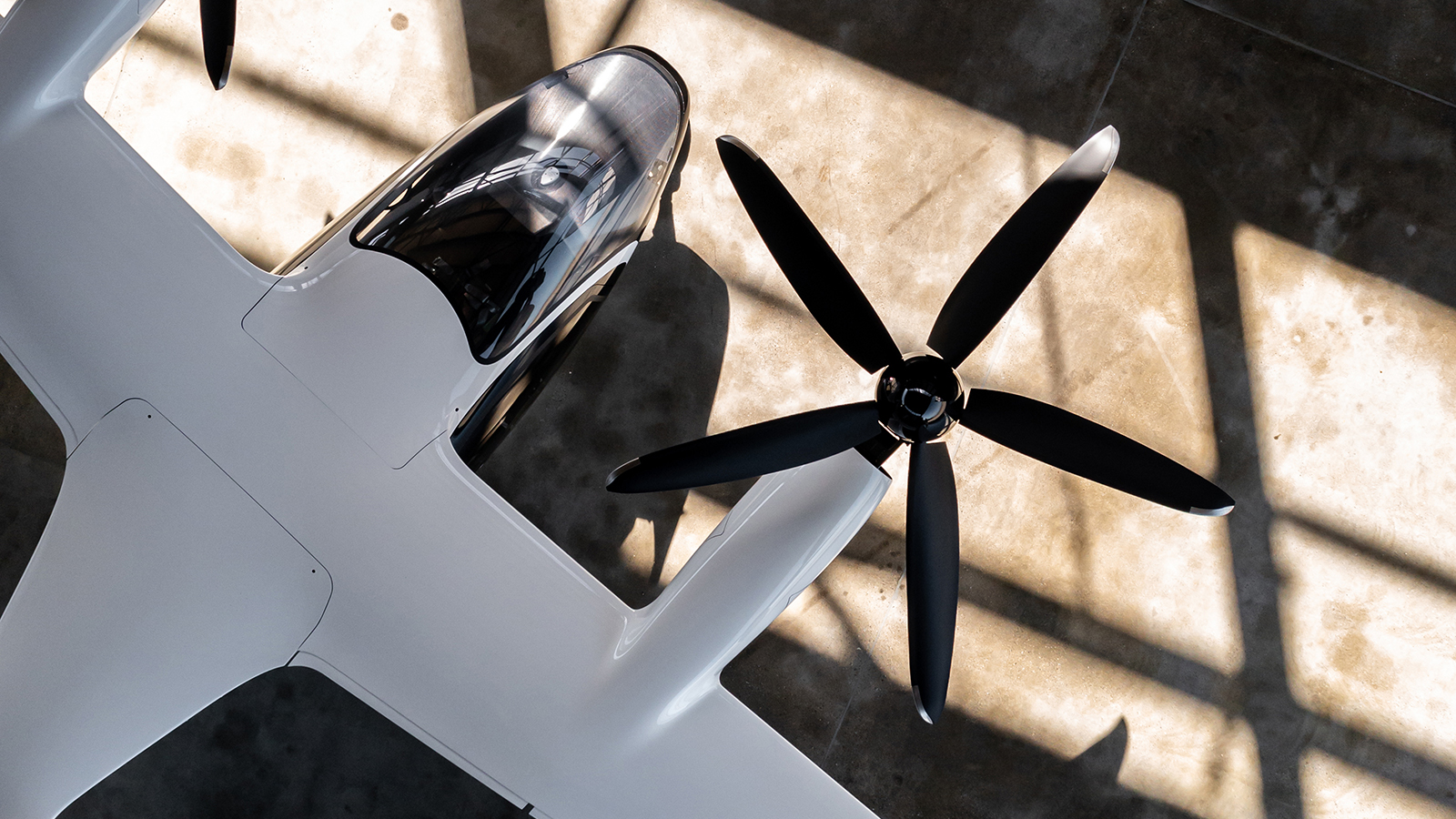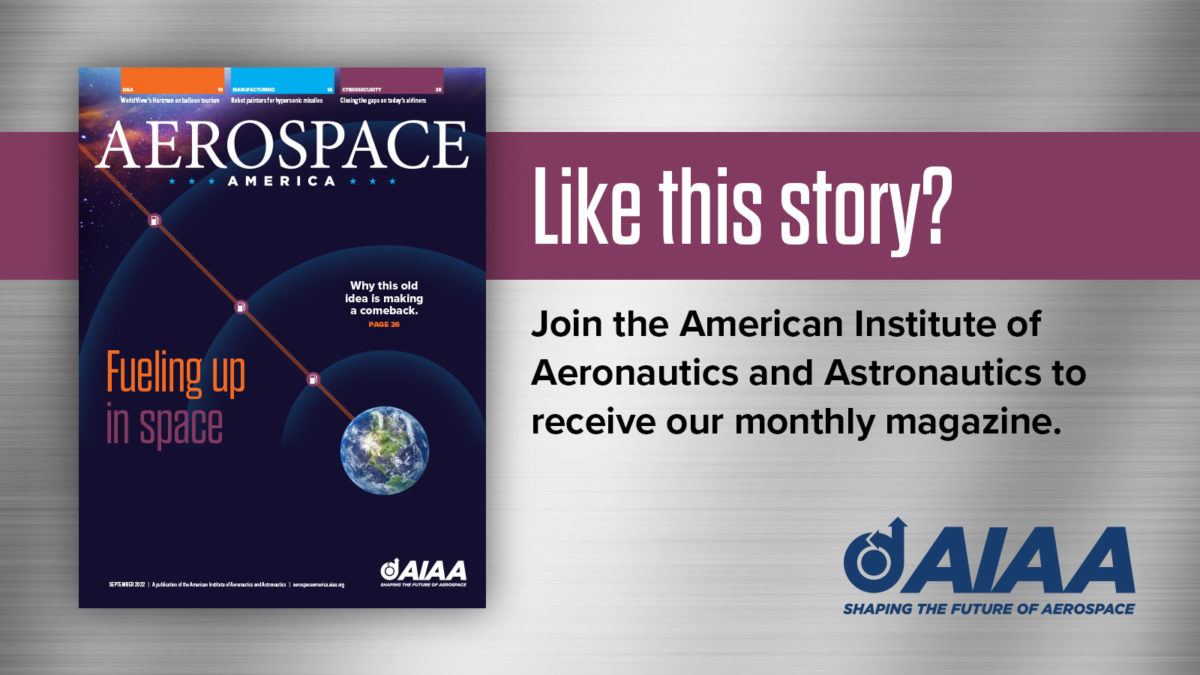Stay Up to Date
Submit your email address to receive the latest industry and Aerospace America news.
Electric power seen as creating potential for unique designs and positive societal impacts
When he’s asked about the impact that development of electric aircraft is having on aviation, aerospace engineering professor Anubhav Datta tells me a brief story about his students at the University of Maryland.
“We recently had a top-tier aviation company seeking 100 graduates, and we could only send them a dozen or so because all the graduates are going to the eVTOL developers,” says Datta, an associate professor at the school, referring to the electrical vertical takeoff and landing designs at the heart of the advanced air mobility transportation movement for passengers and cargo.
I spoke to Datta and also Eric Greenwood, an assistant professor of aerospace engineering and acoustics at Penn State, to understand the technical challenges and their attraction.
Students rarely know the details of a prospective AAM employer’s technology — “We hope to see them publishing more soon,” says Datta — but the sector’s emphasis on innovation and its aspirations to revolutionize local and regional transportation has proven to be alluring.
Much of that innovation is driven by the advent of electric-powered rotors. In a conventional rotorcraft, the kinetic and potential energy of the compressed combustion gases must be converted into mechanical power, typically by turbines blades that turn a shaft. By contrast, in an electric rotorcraft, a motor can be placed at each rotor to drive the shaft directly.
When an eVTOL is throttled up, torque is applied almost instantaneously to the shaft to increase the revolutions per minute, whereas with a combustion version there would typically be a slight lag in applying the torque.
“Trying to ramp the speed up too quickly can lead to issues like compressor stall and overheating,” Greenwood, the Penn State professor, told me in an interview.
Not having to cope with combustion exhaust and heavy machinery has also cleared the way for multiple “distributed” rotors and other innovations.
“It’s exciting. It’s like the early days of aviation — nobody knows what things are supposed to look like,” he says.
Greenwood was formerly a research engineer at NASA’s Langley Research Center in Virginia. Now, he is helping FAA develop a standard noise testing technique for AAM aircraft, in his case through experiments with microphone setups and procedures to measure noise from aircraft developed by Vermont-based Beta Technologies.
While at NASA, Greenwood helped plan the eVTOL noise testing carried out in 2021 with California-based Joby Aviation, which will continue this year with Joby and Wisk Aero, another California company developing electric aircraft.
There’s been research on electric aircraft and quieter rotors for years, he says, but the novel uses and designs in the industry today require unique engineering solutions.
Given that plans call for the new breed of aircraft to fly near residential areas, the challenge of quiet flight is one that the next graduates are likely to be involved in. Greenwood says it’s not only the size, shape and rotational speed of a rotor, or revolutions per minute, that determine how loud a rotorcraft will be. Noise level is also affected by the way the rotor and air around it interact with the aircraft structure.
As the speed of rotation increases, the blades of the rotor come closer to the speed of sound, which makes the noise louder, he says.
The eVTOL are taking a variety of approaches to minimize noise and maximize efficiency, he notes.
Joby’s S4, for example, has six rotors that tilt. Beta’s Alia aircraft has four lift rotors that shut down and lock into an aerodynamic position while a propeller provides the thrust for cruise.
Such novel approaches are driving the need for unique engineering solutions and, in turn, fresh talent, Greenwood says.
“When I take something that’s more like a propeller and you’re trying to push it sideways or transition through a tilt or something, there’s not a heck of a lot of information on how to do that,” he says.
Get the latest news about advanced air mobility delivered to your inbox every two weeks.
About paul brinkmann
Paul covers advanced air mobility, space launches and more for our website and the quarterly magazine. Paul joined us in 2022 and is based near Kennedy Space Center in Florida. He previously covered aerospace for United Press International and the Orlando Sentinel.
Related Posts
Stay Up to Date
Submit your email address to receive the latest industry and Aerospace America news.






